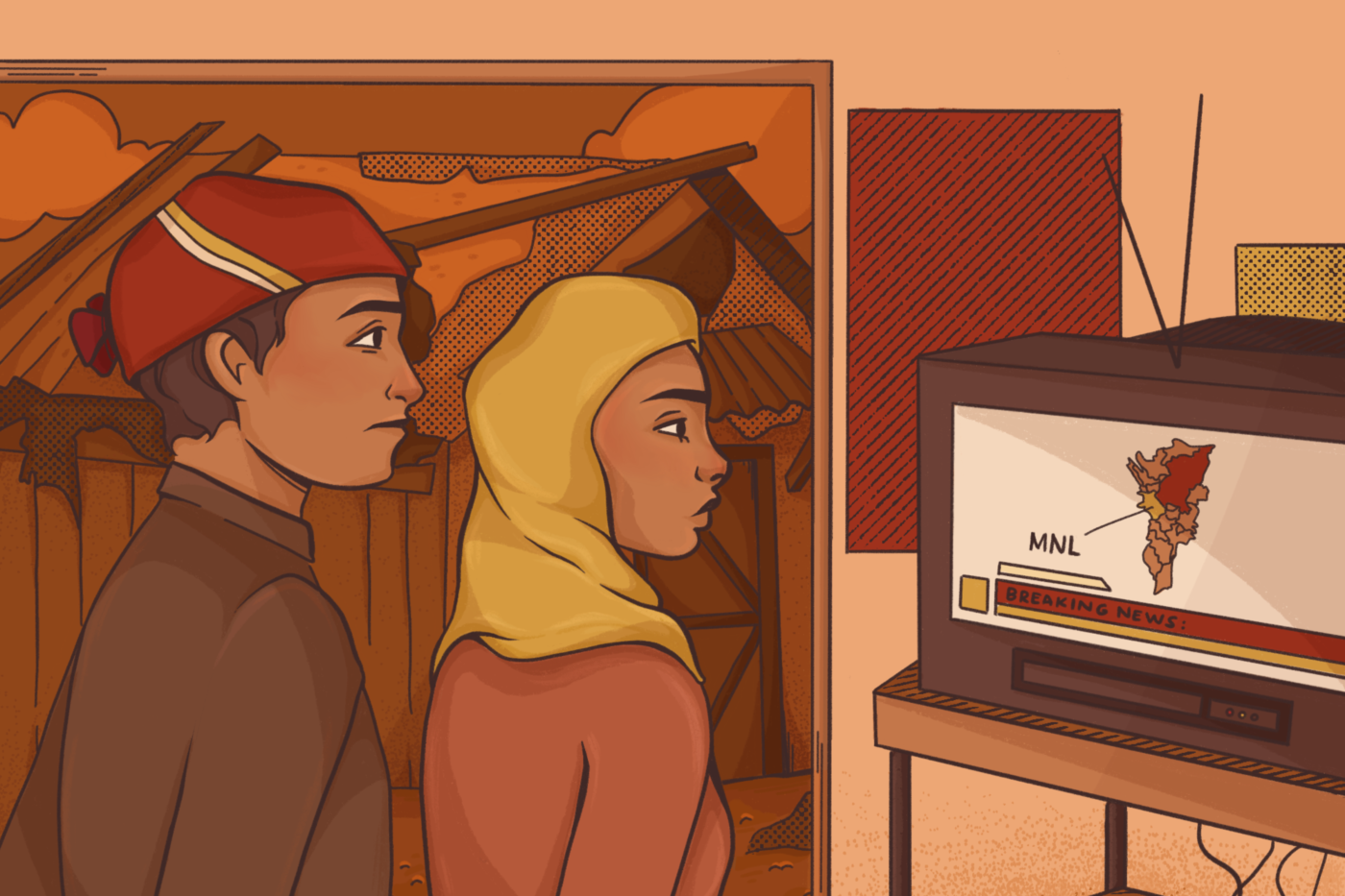ARMED CONFLICT and violent clashes continually threaten public safety in Mindanao, forcing thousands to flee their homes. In Maguindanao alone, the Bangsamoro Islamic Freedom Fighters (BIFF) launched multiple attacks against the police, the military, and civilians in December 2020.
These attacks, including the arson of 13 homes of indigenous peoples, have displaced at least 1,300 families. However, national news outlets have provided little to no coverage on the situation in Maguindanao and its consequences on peace and security in the region.
Communication is key
In the absence of mainstream coverage for regional issues, the capability of the media to fulfill its civic duties is uncertain. Major news outlets play a crucial role in the democratic process, as they serve as the bridge between government and citizenry. As such, their overarching influence determines which issues are discussed on a national scale and which ones are not.
The Anti-Terrorism Law protests in June 2020 revealed the national news outlets’ tendency to focus on Manila’s events. This city-centric reporting is a result of a Manila-based target audience, limited time slots, and geographical restrictions. Profit-oriented media enterprises further perpetuate selection bias by choosing convenient stories that attract viewers and advertisers.
Mainstream media has attempted to address imbalances in reportage by incorporating local news stations and citizen journalism into their news stories. However, while local media is expected to raise underreported issues in provincial areas, their reach is limited compared to that of mainstream outlets.
Furthermore, press freedom-related issues like the closure of the ABS-CBN Regional Network Group pose a threat to these sources of local stories.
Shadow of doubt
As a consequence of a predominantly Manila-centric media, regional stories are relegated and confined to locally robust yet nationally obscure regional outlets. This finite coverage of regional news sets the precedent for issues that never see the national limelight. Left to transpire under the radar, overdue shock from the public may greet the issue weeks or months after it had already happened.
Civilians invariably bear the brunt of destruction in most conflict situations, especially in Maguindanao. The aforementioned burning of IP homes and resulting displacement of thousands of families is a tragedy, but inadequate coverage and national cognizance of the issue is arguably another tragedy in itself.
“[Lack] of public awareness inhibits a public response to the problem, and raises major questions about how journalists and media experts can more effectively sound the alarm,” echoes a United States study on the decimation of local journalism.
As regional news goes unnoticed by the nation’s prying eyes, the issues they tell are also left to fester unobstructed. As long as these critical issues are hindered to elicit a response from the capable public, conflict will continue, homes will burn, and people will struggle behind the screen.




